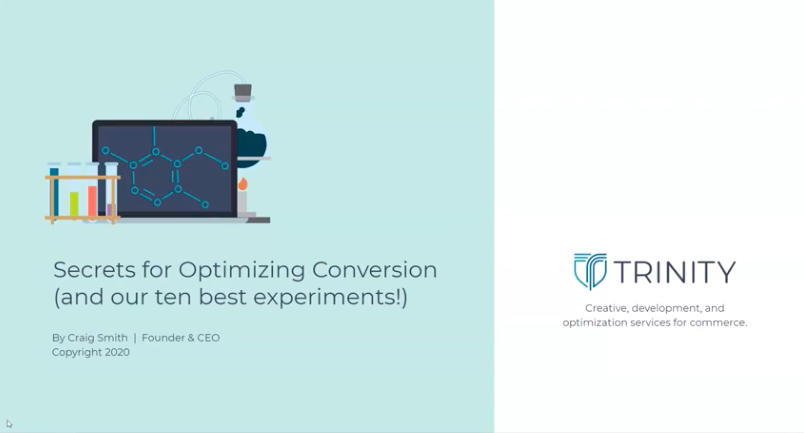John Wannamaker famously said, “Half the money I spend on advertising is wasted; the trouble is I don’t know which half.”
In the modern ecommerce landscape, this problem can be easily resolved with analytics attribution modeling.
What is an Attribution Model?
Simply put an attribution model is a way to connect marketing data with tangible business goals. Essentially it assigns a monetary value to each step in the buying process so that merchants can better understand what’s working and what isn’t.
Therefore no matter how a business defines a conversion, it can make informed decisions based on what’s moving the needle.
One simple example is tracking an online purchase. Users typically interact with a merchant several times when making a purchase and an attribution model assigns a value to each touchpoint.
So if a user interacts four times with the retailer on the way to making a $100 purchase, the basic Linear Attribution method would assign $25 to each interaction (i.e. channel).
Types of Attribution Models
There are many different types of attribution models and there is no single “right” one. In fact many are subjective to individual business needs, but with some thought it’s not difficult to identify a model that best suits your business. Here are several options that should be a good place to start:
Single Source Attribution
The most common attribution models are single click models. In this model, the entire value of a conversion or other goal is attributed to a single interaction along the customer journey. This most commonly appears in the form of either the “first click” or “last click” model.
Last Click Attribution
In the “last click” single source attribution model, the customer’s last interaction that lead them to your site receives credit for 100% of the value of a conversion. This model is simple to implement and is the default ecommerce attribution model in Google Analytics.
Although there is strength in simplicity, there are downside to Last Click Attribution. It doesn’t give proper credit to things like brand recognition and can ignore channels that initiated the brand engagement. For instance, if a user clicks on an ad for a product, bookmarks it, and ultimately uses that bookmark to make the purchase no value is given to the source of the lead.
First Click Attribution
First Click Attribution model also assigns 100% of the value of a conversions value to a single interaction, but this time it’s to the source of the engagement.This model can be useful if you believe that the first brand interaction is the most important in the conversion story.
While these attribution models are easy to understand, they present a limited view of the full conversion path. So for those looking for a more nuanced view, there are other options.
Multi-Channel Attribution
Multi-Channel attribution models split the credit for a transaction across the multiple channels a customer visits in the conversion process. The portion of the value assigned to each step in the process can depend on business case, industry best practice or even personal preference.
Linear Attribution Model
A Linear Attribution Model assigns an equal portion of the conversion value to each channel in the conversion funnel. As mentioned in the previous example, each of four channels is attributed $25 of revenue for a $100 sale. While this method is more nuanced than using single source attribution, it’s merits are easily debatable; most would question the wisdom of giving the third interaction the same value as the first or last in the sales process.
Position Based Attribution
Position Based Attribution models assign varying weights to different steps in the conversion process. One popular version of this model attributes 40% of a conversions value to the first click, 40% to the last click, and splits the remaining 20% among the remaining steps.
For many merchants this makes the most sense since lead generation & closing are often considered the most valuable steps.
The Right Model for Your Business
Unfortunately, no single attribution model is the “correct” one to use for all businesses. Finding a model that’s the right fit for your business depends on your goals, brand preferences and many other intangibles.
Regardless of which one makes most sense for your business, as long as a case can be made for a specific model using sound logic you’ll make better business decisions in the long run.
Conclusion
The only way to know the effectiveness of any marketing campaign is to measure performance as it relates to your goals. Attribution models give you a way to do this in ecommerce and inform your decisions on which efforts will be the most productive.
Using attribution modeling opens up the ability to measure the ROI of any campaign on the same level as any other business expense. A proper attribution model can help you discover where your money is best spent and where it is being wasted. Needless to say, John Wannamaker would be proud.
To discuss attribution and advanced tag management within your business, contact us today to speak to an analytics specialist.




